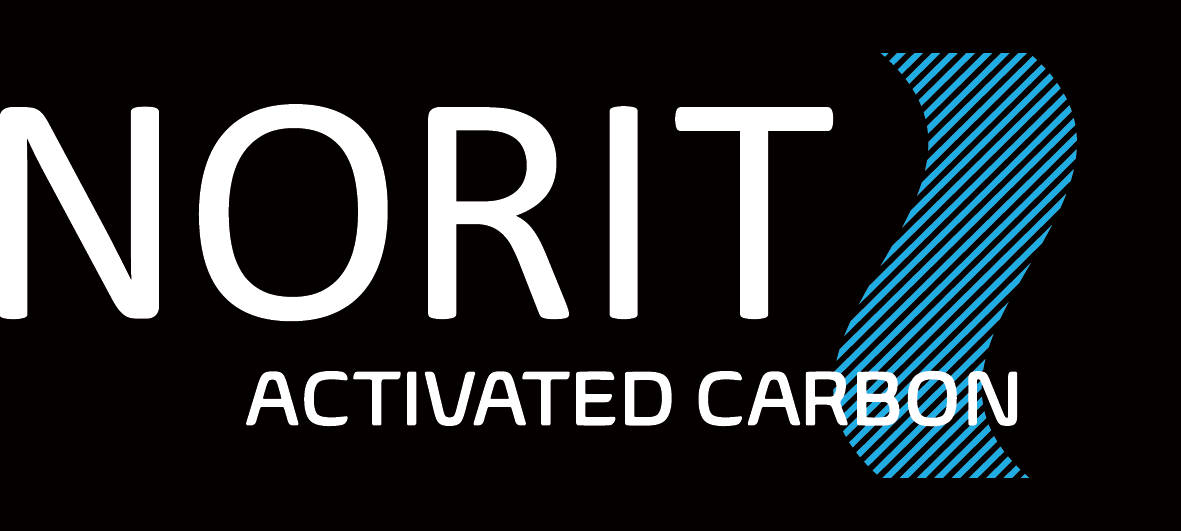Chemical and Catalyst Industries
Catalytic activated carbon
Certain NORIT® activated carbon grades have enhanced catalytic properties and are used as catalyst in processes such as:
- Phosgene production and destruction
- Cyanuric chloride production
- Sulfuryl chloride production
- Flue gas SO2 conversion into H2SO4 for re-use
- NOx removal from air
- Destruction of chloramine and bromate in Water
Catalyst shape: Some of these applications require a powdered catalyst, but in most cases the activated carbon catalyst is in extruded or granular form. In some cases, quantities of well over 1000 m3 are in use per single plant. An extreme hardness combined with a high porosity is usually required.
The function of the activated carbon is to catalyze oxidation/reduction (REDOX) reactions. This REDOX activity is attributed to the carbon’s extensive conjugated system that stabilizes free radicals. The activity is further enhanced by Norit’s proprietary surface chemistry modification processes.
Contact us to discuss how we can meet your needs for catalytic activated carbons.
Phosgene catalyst
NORIT RB 4C
- High catalytic activity
- Extreme hardness and durability
- Low pressure drop
Extruded Activated Carbon
Cyanuric chloride catalyst
NORIT RX3 EXTRA
- High catalytic activity
- Very high, well specified purity
- High hardness and durability
- Low pressure drop
Extruded Activated Carbon
SO2 to H2SO4 catalysts
NORIT PK range
- Very open structure
- High catalytic activity

